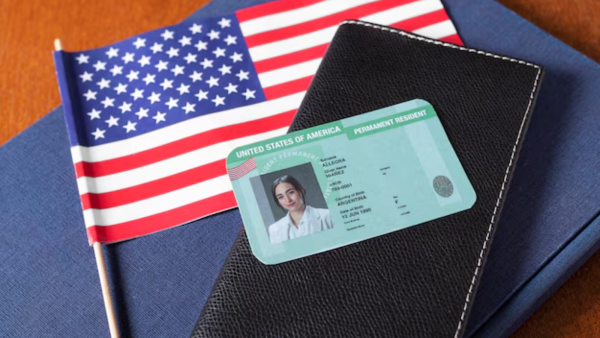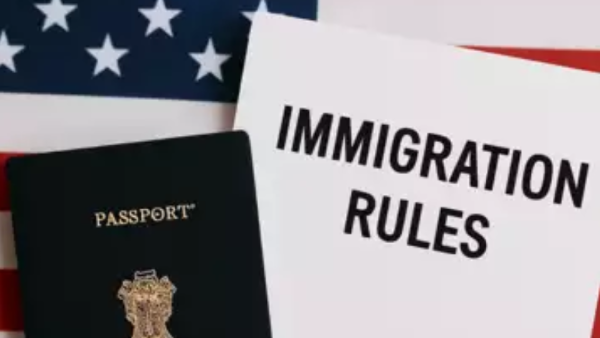US May 2025 Visa bulletin: 7-month delay in EB-5 category, what Indian applicants need to know

The US Department of State's Visa Bulletin for May 2025 has introduced significant changes, particularly affecting Indian nationals seeking green cards through the EB-5 Immigrant Investor Program. This development underscores the challenges faced by Indian applicants in securing permanent residency in the United States.
Under the EB-5 program, foreign investors who spend at least $1 million in a US company with at least 10 full-time American employees are eligible to receive a US green card. However, because of high demand, the program has regressed, meaning that visa availability has moved backward, leaving applicants with longer wait times.
Read more:
How to secure a 5-year Schengen Visa: Tips and things to know for multiple entries
Impact on Indian applicantsThe EB-5 Unreserved category's final action date for Indian nationals has been moved back more than six months to May 1, 2019. Accordingly, the only candidates who can now move forward with their green card applications are those whose priority date is earlier than May 1, 2019. However, other nations continue to fall into this group, underscoring the disproportionate effect on Indian investment.

Factors contributing to retrogressionThe retrogression is attributed to a combination of factors, including:
High demand from India: Due to a notable rise in EB-5 applications, India is experiencing a surge in demand for the restricted number of available visas.
Increased global demand: The Rest of World category has also experienced heightened interest, further straining the available visa allocations.
Annual visa limits: The US imposes a per-country cap of 7% on employment-based visas, limiting the number of green cards that can be issued to applicants from any single country.
Read more:
Skip the runway: 6 countries where planes don’t land
Broader implicationsPer-country constraints frequently result in longer waiting periods for high-demand countries like India, which is reflected in the EB-5 category's retrogression. Due to this circumstance, the EB-5 program is now under increasing scrutiny, and there are talks about possible revisions to deal with the backlog and guarantee a more balanced allocation of visas.

While the retrogression presents challenges for Indian applicants, it also serves as a catalyst for potential reforms in the EB-5 program. Stakeholders are advocating for policy changes that could alleviate the backlog and provide more timely opportunities for investors seeking permanent residency in the United States.
Keeping up with the most recent changes in the Visa Bulletin and seeking advice from immigration specialists can help potential candidates navigate the intricacies of the U.S. immigration system.
Note: This article is based on information available as of April 2025 and may be subject to change.
 The US Department of State's Visa Bulletin for May 2025 has introduced significant changes, particularly affecting Indian nationals seeking green cards through the EB-5 Immigrant Investor Program. This development underscores the challenges faced by Indian applicants in securing permanent residency in the United States.
The US Department of State's Visa Bulletin for May 2025 has introduced significant changes, particularly affecting Indian nationals seeking green cards through the EB-5 Immigrant Investor Program. This development underscores the challenges faced by Indian applicants in securing permanent residency in the United States.

